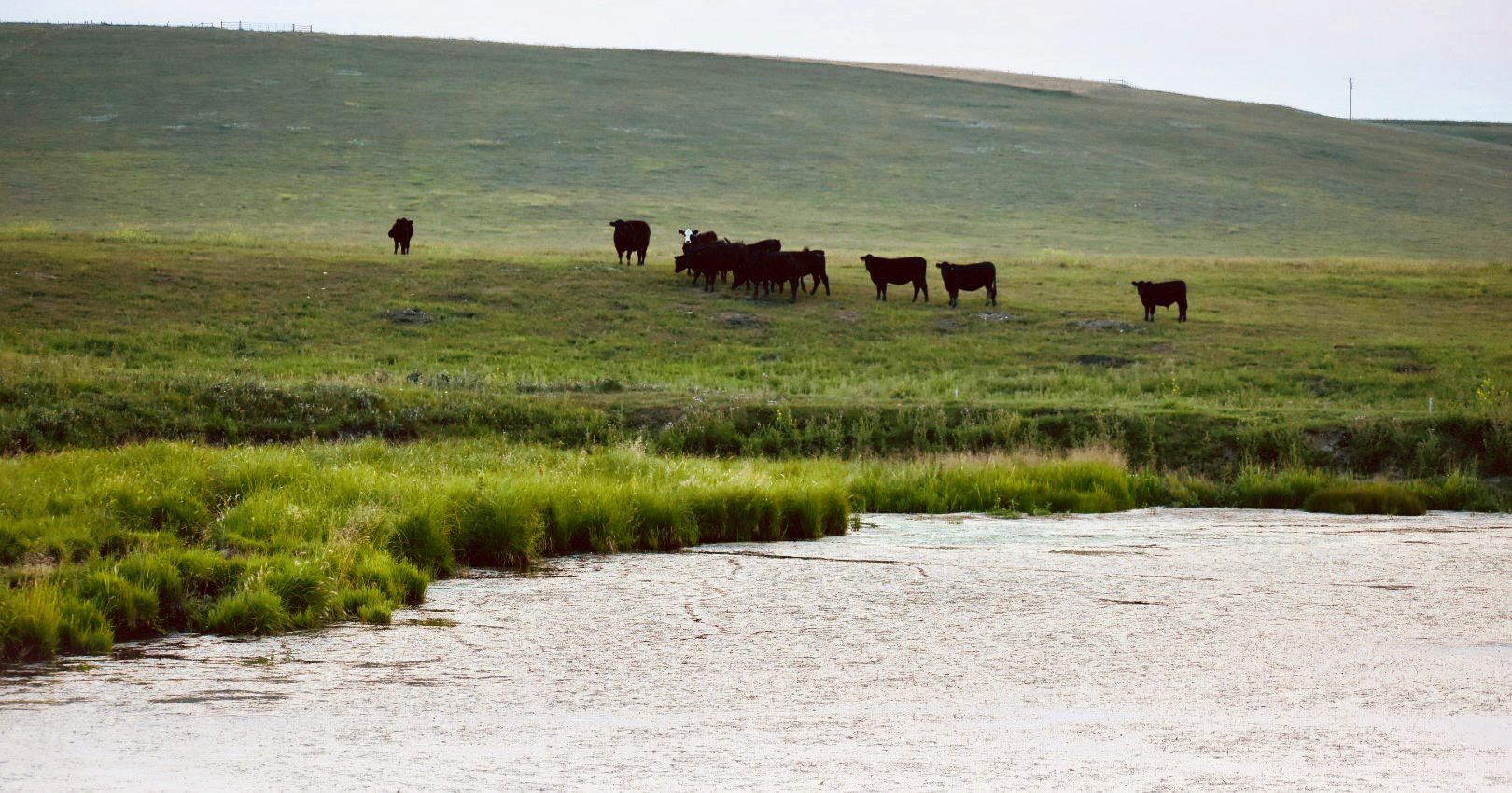AB Direct - Steers
Rail: ---
AB Direct - Heifers
Rail: ---
US Trade- Steers
Rail: ---
US Trade - Heifers
Rail: ---
Canadian Dollar
0.04

Have your say on Bill C-235
Past-Chair of ABP, Melanie Wowk, witnessed both the Senate Standing Committee on Agriculture and Agri-Food and House of Commons Standing Committee on Industry and Technology regarding Bill C-235, Building a Green Prairie Economy Act.
And now it’s your turn to provide your local insight!
Bill C-235 calls for a framework that promotes clean economic growth and stronger collaboration between the federal government and partner organizations on the prairies.
Through witnessing to House and Senate Standing Committees, Alberta Beef Producers has emphasized the essential role ranchers play in the environmental stewardship of the prairies and their unique ability to safely sequester carbon while working with ecological processes. We certainly did not want governments to overlook the extremely beneficial aspects of ranching. Beef is a green industry that massively benefits the prairie economy.
ABP tried to get an acknowledgment of the importance of prairie ecosystems as the bill reference trees; however, it was not added.
We invite you to provide your feedback to the Government of Canada on the implementation of the Act by June 30, 2023.
Quick Facts:
- Alberta’s cattle sector is an important economic driver by generating $13.6 billion in sales, contributing more than $4.9 billion to the province’s GDP, including $2.7 billion in labour income.
- The sector is responsible for generating 55,125 full-time jobs. Every job in the sector yields another 2.7 jobs elsewhere in the economy.
- Beef producers have a symbiotic relationship with grasslands that allow them to uniquely store as much as 97 per cent of the carbon below ground. This includes up to 200 tonnes per ha in the first metre of soil alone, which is the opposite of forest and peatland, which store their carbon above ground, making it easily released through fire.
- Globally, grasslands store approximately 34 per cent of the global terrestrial stock of carbon.
- Up to 50 per cent of this carbon is immediately released if tilled or developed.
- Without the beef industry, massive amounts of carbon would be released to get an economic return from the land.
This article was first published in Volume 3 Issue 2 of ABP Magazine (June 2023). Watch for more digital content from the magazine on ABP Daily.

